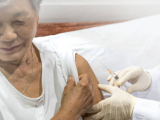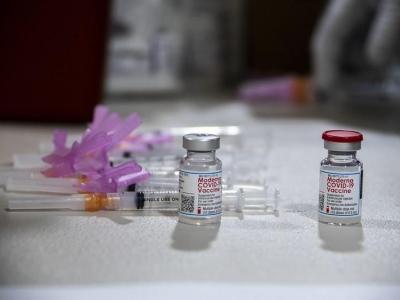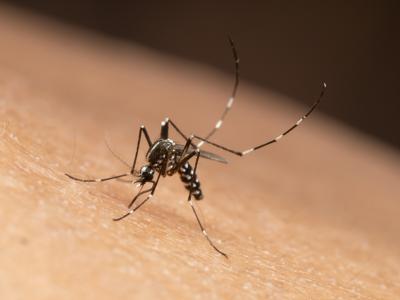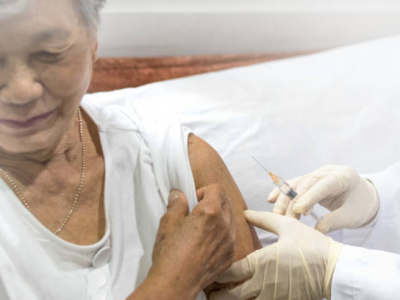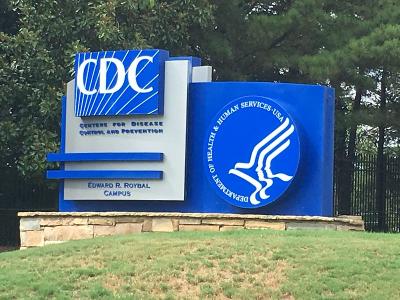After the COVID-19 pandemic began, US healthcare workers (HCWs) had a lower overall increase in unemployment than those in other professions, but HCWs in lower-paying roles were more likely than their more highly compensated counterparts to be jobless, findings that may have implications for patients and the labor force, according to a study published yesterday in JAMA.
Noting that HCW burnout and turnover were increasing even before the pandemic, researchers from the Wharton School and the Colorado School of Public Health assessed changes in unemployment rates among HCWs and other professionals from January 2015 to April 2022.
The team used the Integrated Public Use Microdata Series Current Population Survey, a monthly survey administered in person or by phone to about 65,000 US households to gather how many working-age people are jobless, seeking work, or available for employment.
Monthly response rates ranged from 67% to 88%. A total of 507,985 HCWs responded; their age range was 25 to 70 years, and most were women, White, and graduates of 4-year college-degree programs.
Hospital HCWs less subject to unemployment
Before the pandemic, 2.28% of HCWs and 3.82% of non-HCWs reported being unemployed, rising to 3.18% of HCWs and 6.13% of non-HCWs amid the pandemic (unadjusted differences, 0.90 percentage points for HCWs and 2.31 for non-HCWs). After adjustment, the rise in unemployment was smaller for all HCWs than for non-HCWs (difference, -0.66 percentage points) and for hospital-based versus those in other settings (-0.63 percentage points).
From before to during the pandemic, HCWs with lower incomes than physicians saw larger unemployment increases, including therapists and technicians (adjusted difference, 1.63 percentage points), aides (1.56), and those in other lower-paying roles (1.09).
Over the same period, only HCWs with bachelor's degrees reported significantly less unemployment than the least-educated workers (adjusted difference, −1.85 percentage points). Findings didn't differ significantly by sex, race, or age.
"Differences across HCWs may be related to how emergency funding was deployed to health care organizations and which service lines were prioritized," the study authors wrote.
The team said that study interpretations were limited by an inability to assess the proportion of HCWs who completely left the workforce, a lack of understanding the mechanisms underlying the link between employment and COVID-19, and an inability to completely understand the interactions between professions and demographic factors.
"Regardless, these findings are relevant because fewer job opportunities in health care have implications for the quality of care delivery, HCW satisfaction, and patient outcomes," they wrote.





